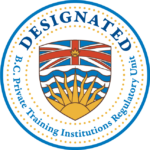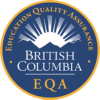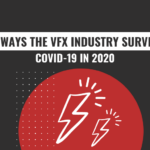8 PERFECT GRAPHIC DESIGN PORTFOLIO TIPS
A graphic design portfolio is crucial in landing you a job and getting new clients? Check out these tips!
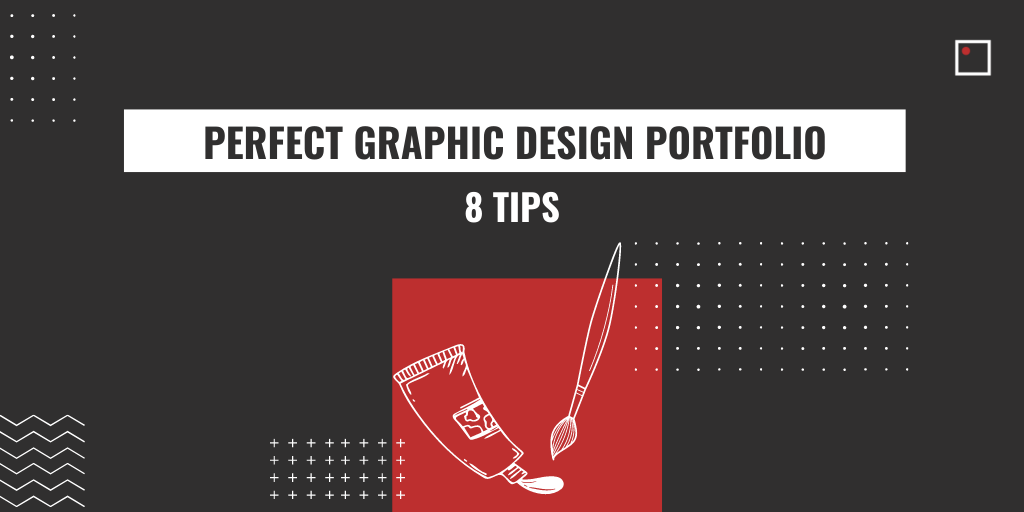
By Felicity Flesher
Every aspiring and working graphic designer needs a stellar graphic design portfolio to showcase what he or she can bring to the table. Often, it is the first introduction to a potential client or employer and can reveal the designer’s personality, skillset, and creative eye. No matter how much of a Photoshop pro you may be, you need good pieces and you need to sell them as best you can to stand out against all of the high–calibre talent.
With his twenty-year career in graphic design, Rod Kovacs, lead instructor at InFocus Film School’s Graphic & Digital Design Program, knows a few things about how to make your graphic design portfolio stand out.
“The focus is always to put your best foot forward and put forward what you want to do,” Rod says about building the perfect graphic design portfolio. “It is really at the heart of marketing and graphic design: get the message across clearly, effectively, and quickly.”
Recognizing how valuable people’s time is, and how short their attention spans might be, this makes perfect sense. Bearing that in mind, here are a few further tips to help build a great graphic design portfolio:
1. ONLY INCLUDE THE BEST IN YOUR GRAPHIC DESIGN PORTFOLIO
The best work will always stand out, and as in any field, you want to impress! You are only as good as your worst piece. It is a competitive marketplace, so be ruthless about what you include and make sure your material looks professional.
“Because you’re a graphic designer, it has to look good!” Rod says, but, he cautions, “don’t let the style drive the function, let the content drive the function.”
Although aesthetics are definitely important in a graphic design portfolio, it is also key to show that you understand how to communicate well and understand the pieces of the puzzle to work together in a unified creation.
Be sure to keep in mind what is most important. Don’t add anything that may detract from the pieces you’re trying to show off.
2. SHOWCASE YOUR PROCESS
By showcasing your process, more than just the final output, you can give a quick sense of how you approached the challenges of a project and found a solution.
However, you may want to make your process a secondary message in your portfolio. In the professional world of deadlines, you may not always have the luxury of time to focus too much on process. An employer may only have thirty minutes to glance through portfolios until their next meeting so be sure to keep your graphic design portfolio efficient.
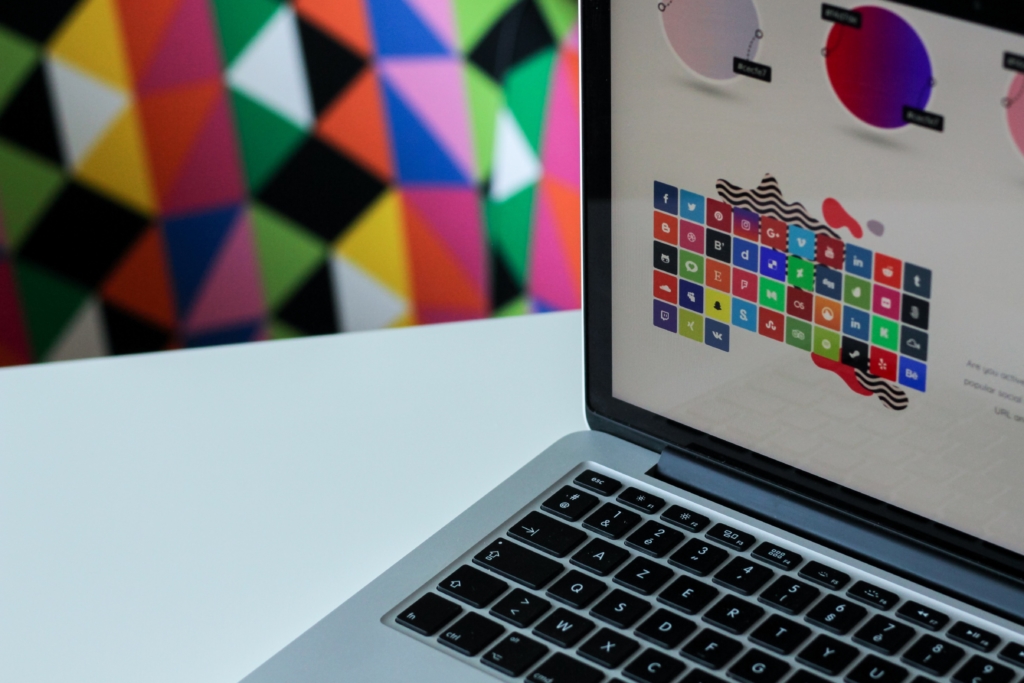
3. CREATE MULTIPLE FORMATS
Although the popular graphic design portfolio template today is a website, you may want to consider backup formats. This way if you are stuck without wi–fi, you won’t break a sweat as you load up your PDF portfolio on screen.
You may want to bring real-world items if you are focused on packaging design. This way interviewers can pick it up, look at it, and talk about it. If you are more focused on web design or UX/UI, you may want to take screenshots and compile them in a backup multimedia presentation or even printouts. The last thing you want to happen is to be stuck in an interview with nothing to show.
4. SHOWCASE YOUR PROBLEM-SOLVING
Everything you showcase should be meaningful. Since design is about solving problems, what problems did you solve with each piece? How do the colours, type, imagery, layout and format support and contribute to the core message or idea?
5. SHOW THE KIND OF WORK YOU WANT TO DO
First and foremost, you should organize your best work front and centre, but make sure that if you want to do UX/UI, for example, don’t show off your best fantasy book covers.
What if you’re unsure about what type of work you want to do? Or perhaps you’re open to multiple types of opportunities? In that case, you may want to display a variety of media in your portfolio. Once you spend some time in a role and discover what you like, then you can reconfigure your portfolio to reflect your interests and expertise.
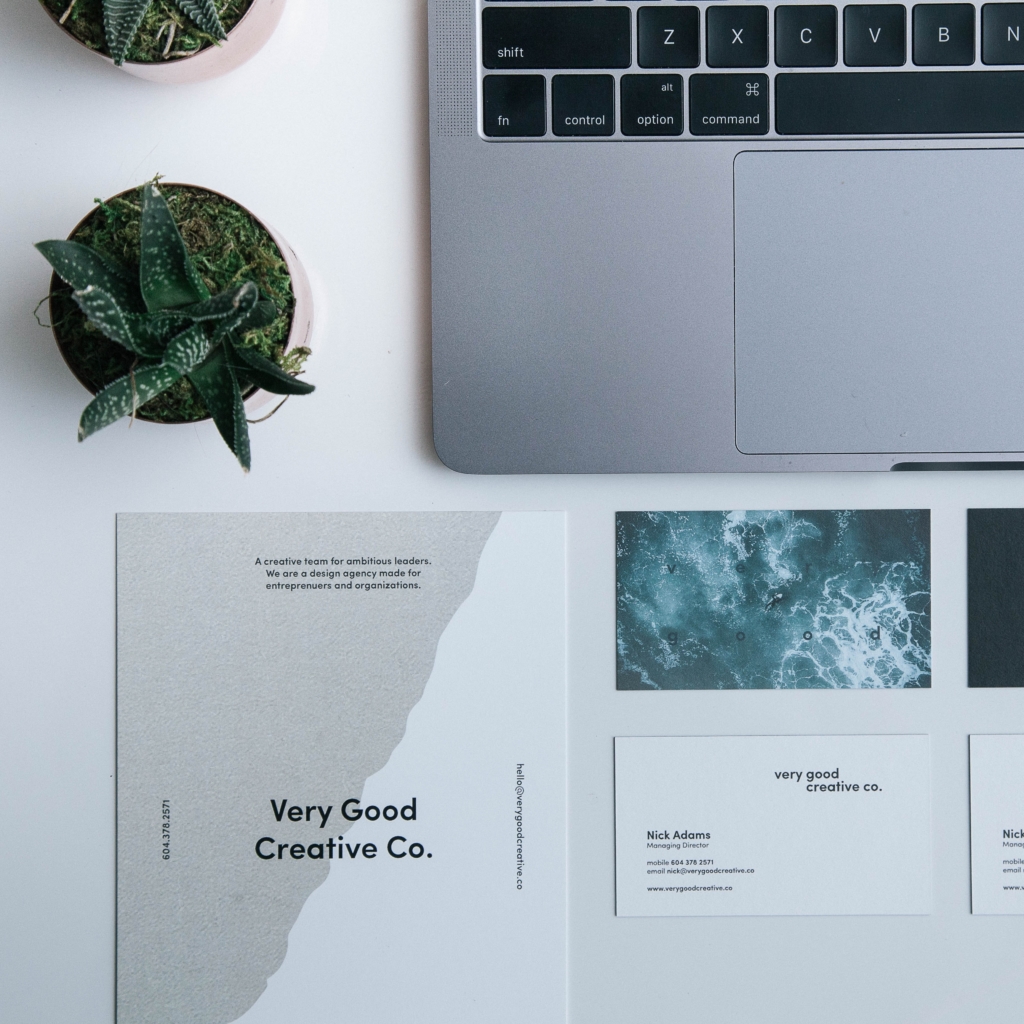
6. INCLUDE YOUR PERSONALITY
Any way you can show a little bit of who you are in your portfolio will go a long way. Teams want to know how you might fit into the company culture. Even how you organize your portfolio will give the interviewer an idea of how you express yourself.
In such a competitive marketplace, you may also want to tailor your portfolio to the employer or client, but don’t let that obscure the inimitability you offer!
7. TEST, TEST, TEST
If you have interactive pieces, make sure everything works as intended. Gather friends and family to navigate through your portfolio and watch how they proceed through your content. Can you improve the experience somehow from your observations? Your peers may see something with fresh eyes that you overlooked.
8. PRACTICE SELLING YOURSELF
Practice talking through your pieces before interviews. You are selling yourself so don’t sell yourself short by stumbling for ways to explain your work on the spot.
Some other interview tips:
- Be yourself
- Confidence is key
- Show your personality
- Be professional
- Remember that you can never be too overdressed for an interview
Your portfolio should be the sum of all your parts: your knowledge and training, your personality, and your potential. It’s up to you how you want to organize it, but some of the tips above may help.
Along with the veteran cadre of instructors at the InFocus Graphic & Digital Design Program, Rod says that they created the program to drive students toward portfolio creation in the second term: “Our first term is about learning software, concepts, goals. All of the foundational things that you need to know in order to start developing your creativity. In the second half of the program, we’ve got a number of classes that are all geared towards design development. This includes portfolio development, campaign development, and branding. These four areas all tie into how a student could be presenting themselves in their portfolio.”
“We’re aiming very high for our portfolios. We are going to push our students as much as we can push them. We’ve got people who are exceptional at helping students develop portfolios.”
Related Links:



